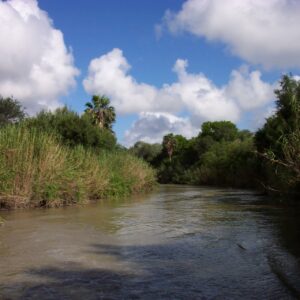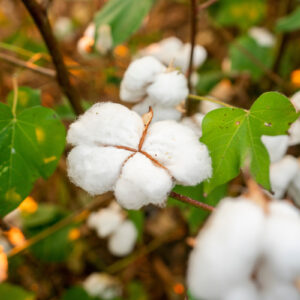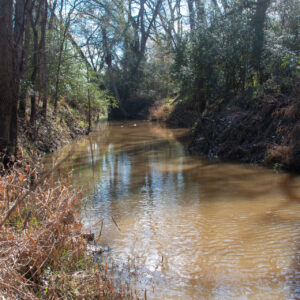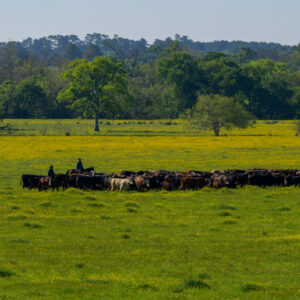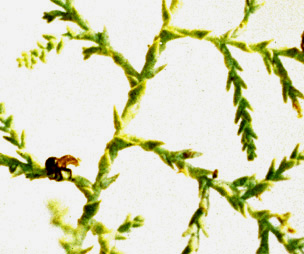 Tamarix ramosissima Ledeb.
Tamarix ramosissima Ledeb.
[Tamaricaceae]
Taxonomy status: There are other species of Tamarix that are included under the name saltcedar such as: T. chinensis Lour and T. parviflora DC.
Biology
Deciduous or evergreen shrubs or small trees, usually 5 to 20 feet tall. Bark on saplings and stems is reddish-brown. Leaves are small and scale-like, on highly branched slender stems. Flowers are pink to white, 5 petalled. Under good conditions, it can grow 9-12 feet in a single season. It tends to occupy desert riparian sites.
History
Introduced from Eurasia in the 1800’s as an ornamental, Tamarix ramosissima is now wide spread in the United States. Saltcedar had spread extensively in the 1940’s along several rivers in the Southwestern states.
Status
Damage by saltcedar includes the displacement of valuable cottonwood/willow, seepwillow/baccharis, and other native plant communities often by dense monotypic thickets of saltcedar.
Agents
A number of biological control agents have been considered for use for this weed. The most promising ones are:
Literature
DeLoach, C. Jack. 1996. Saltcedar Biological Control: Methodology, Exploration, Laboratory Trials, Proposals for Field Releases, and Expected Enviromental Effects. Saltcedar Management and Riparian Restoration Workshop, Las Vegas, Nevada, September 17-18.
Westbrook, R. 1998. Invasive plants, changing the landscape of America: Fact book. Federal Interagency Committee for the Management of Noxious and Exotic Weeds (FICMNEW), Washington, D. C. 109 pp.
Whitson, T. D., L. C. Burrill, S. A. Dewey, D. W. Cudney, B. E. Nelson, R. D Lee and R. Parker. 1991. Weeds of the West. The Western Society of Weed Science. 630 pp.
Links


